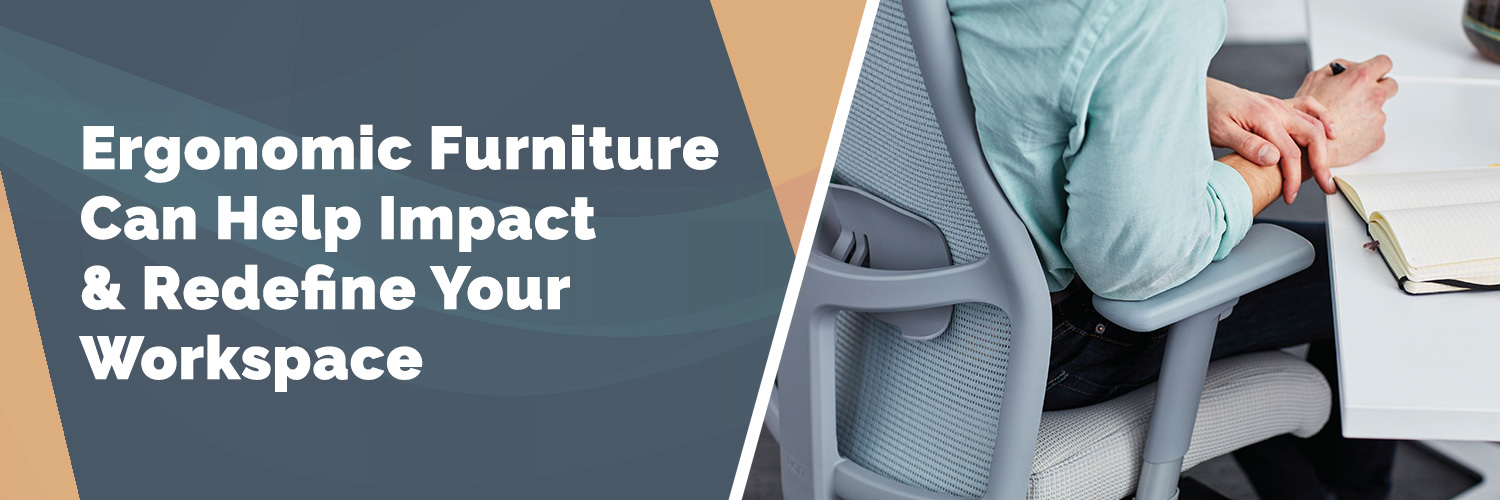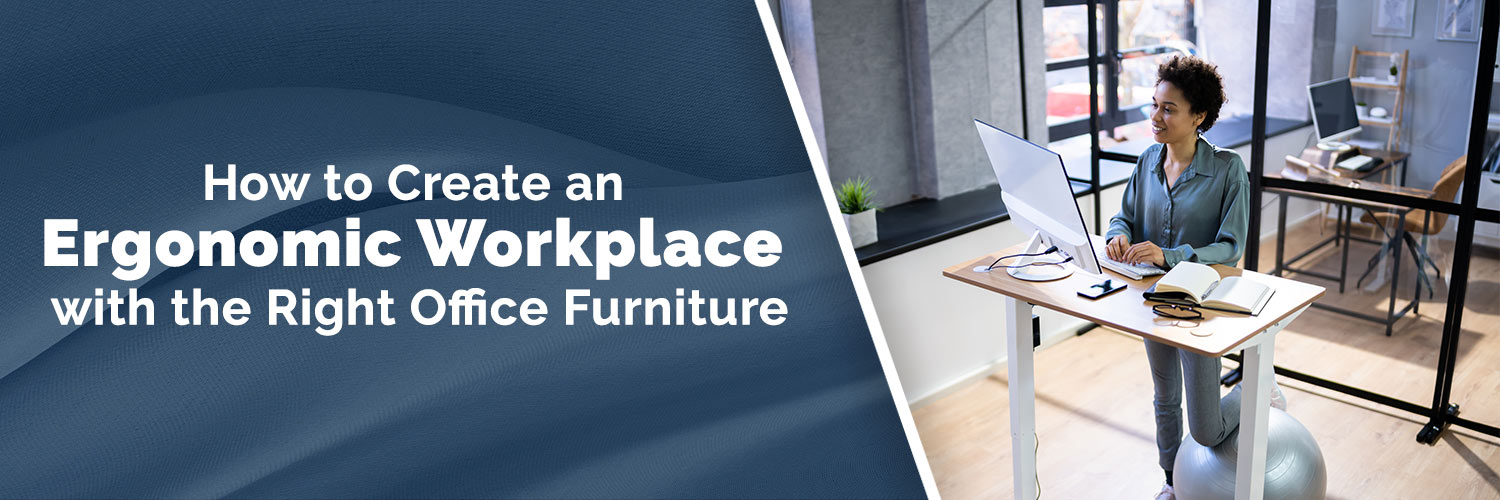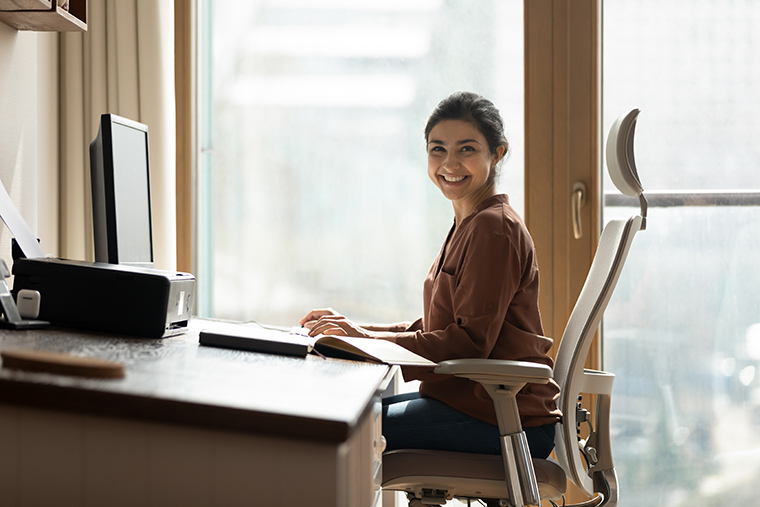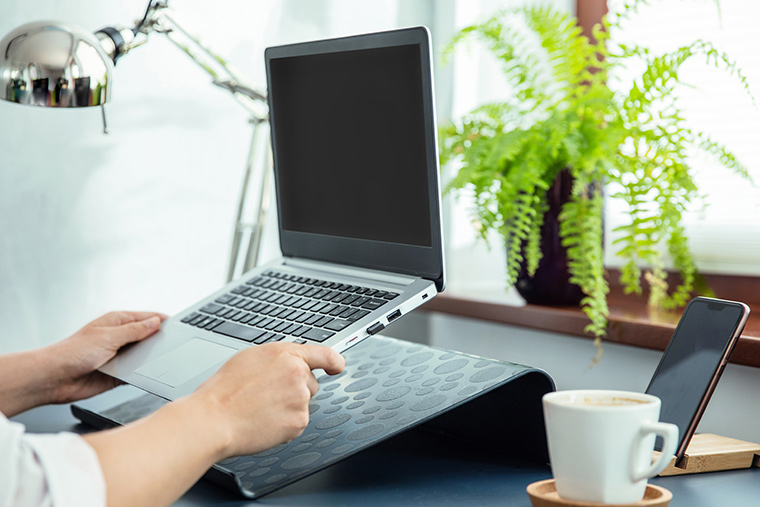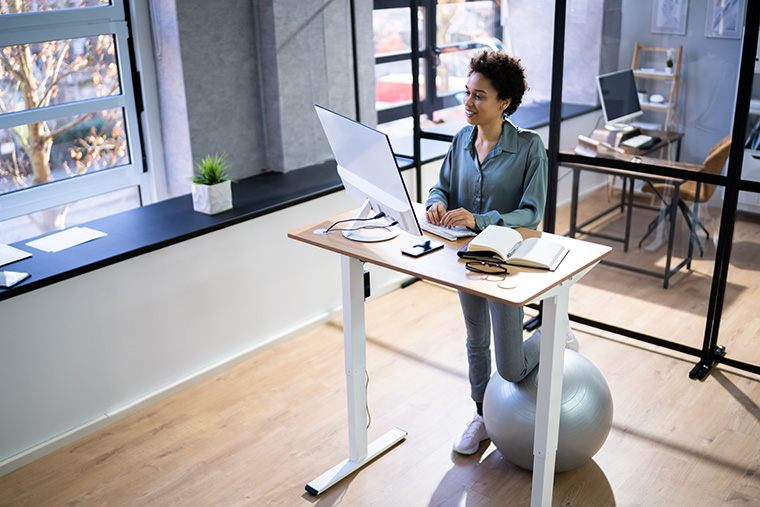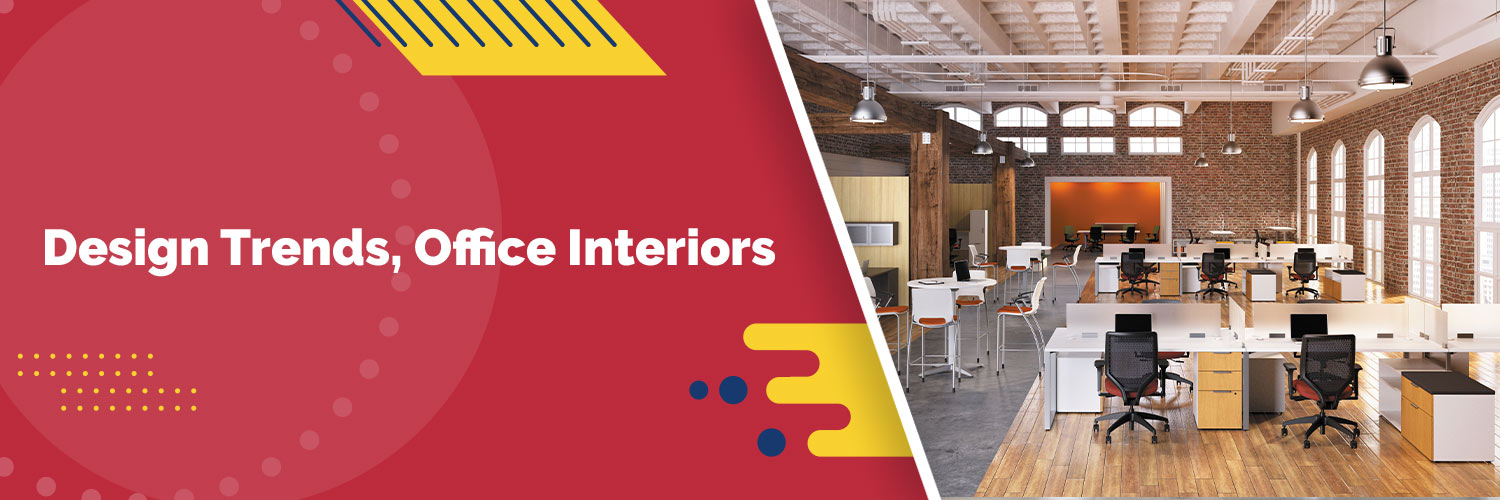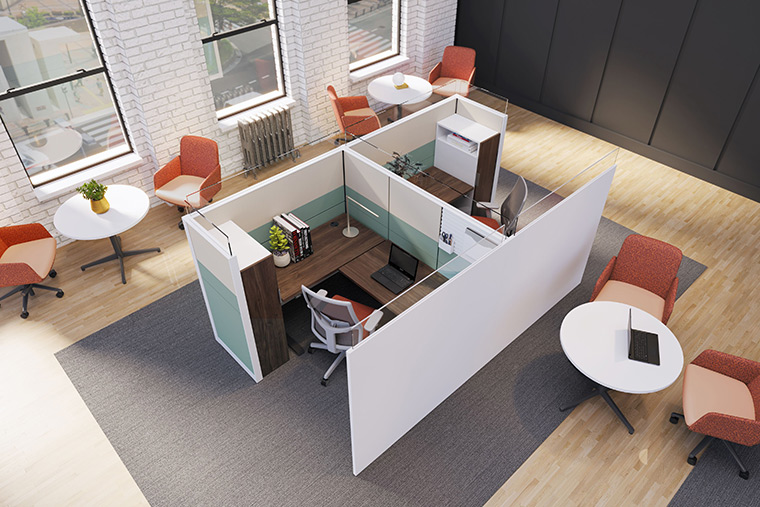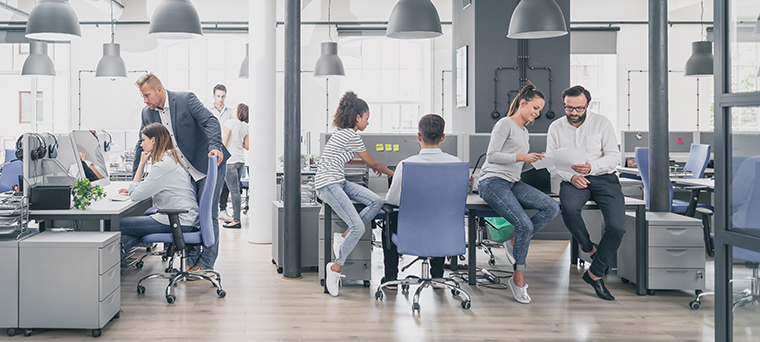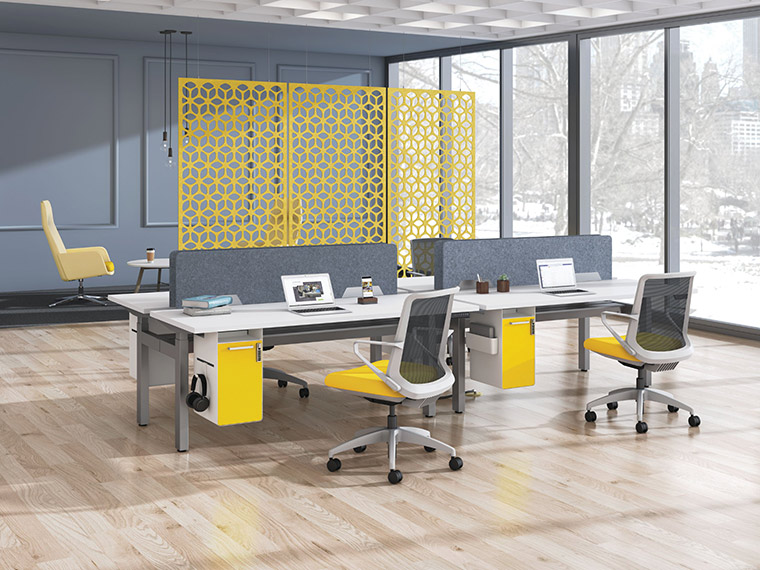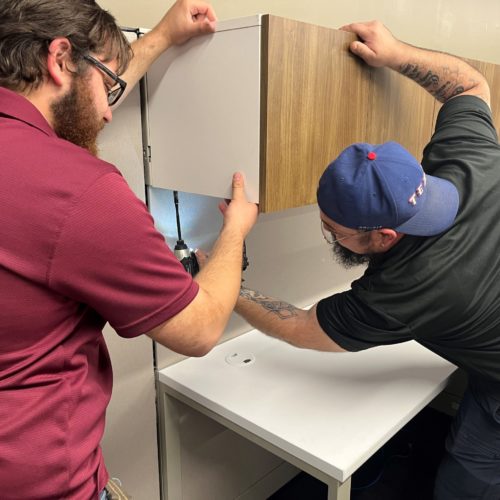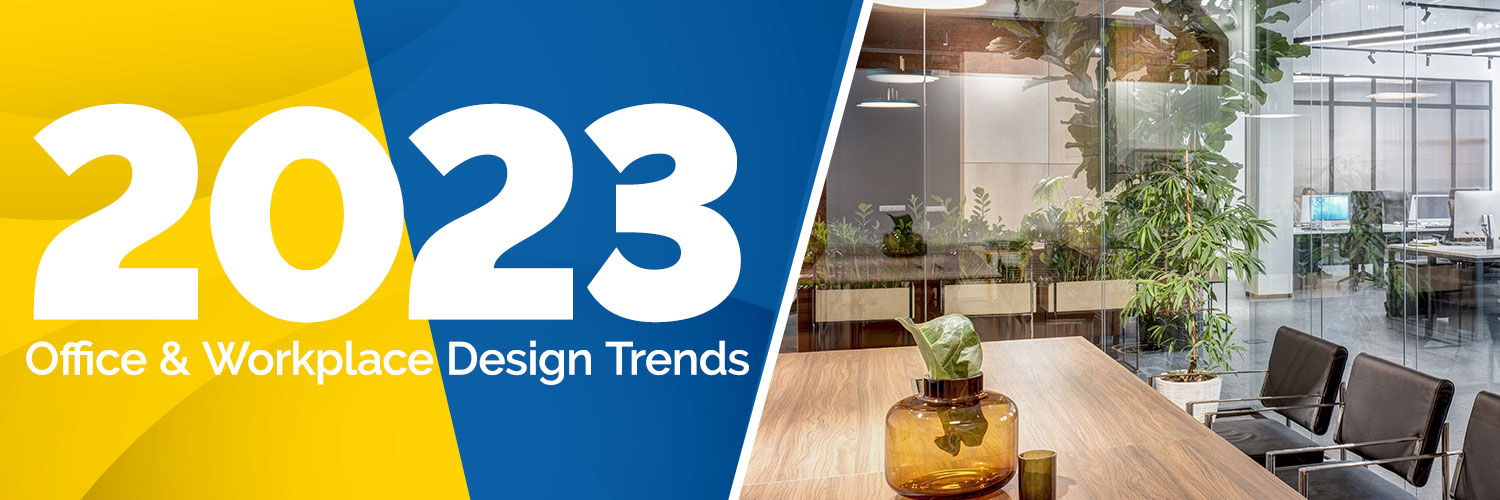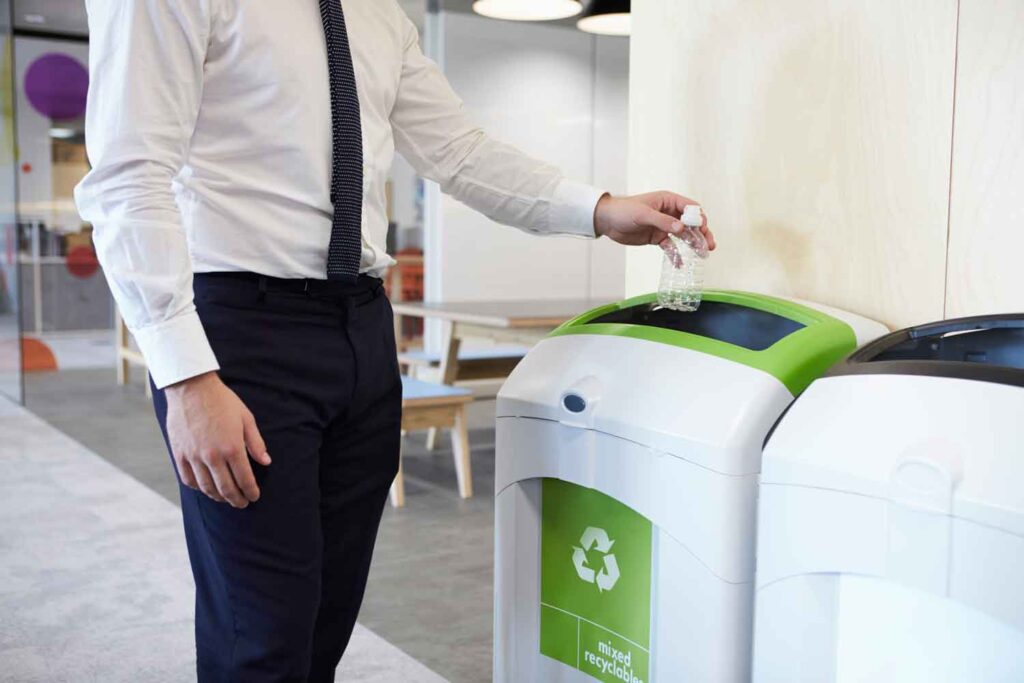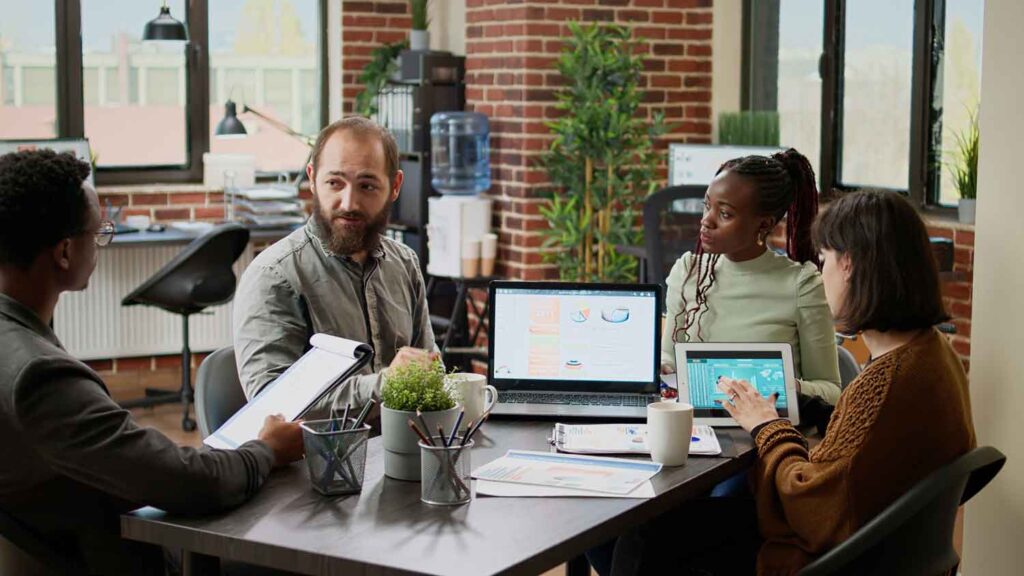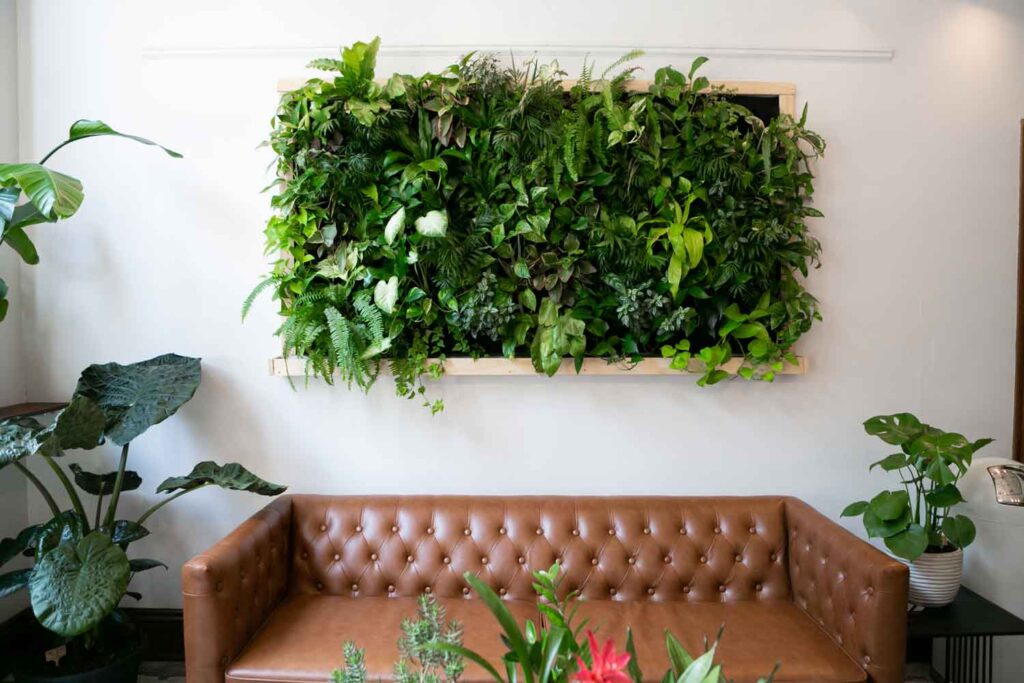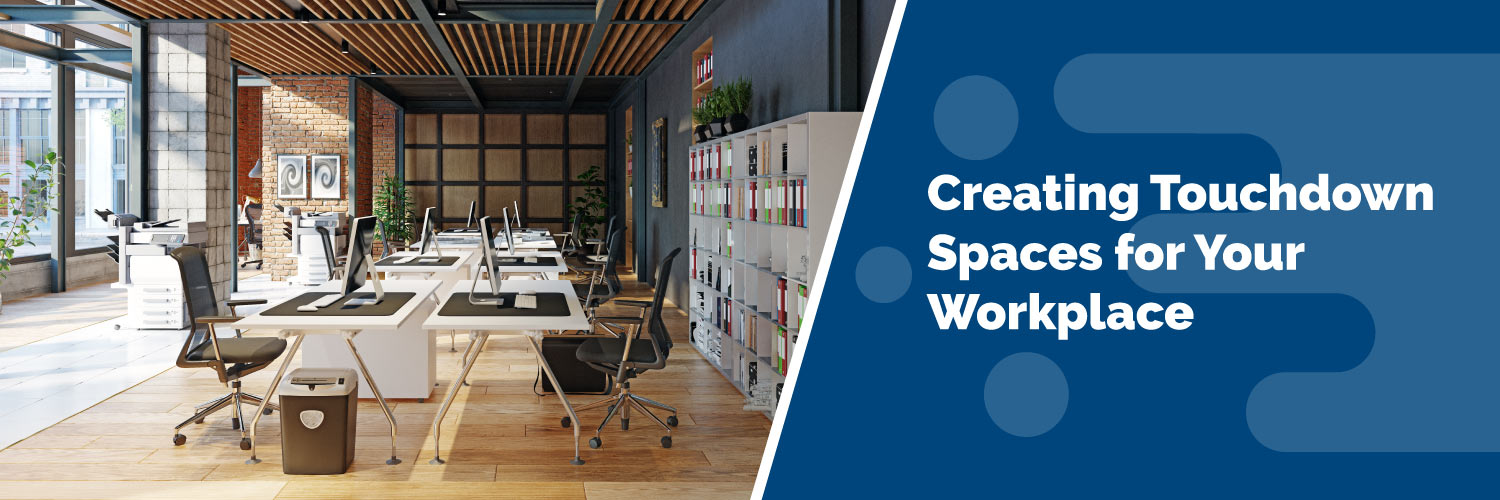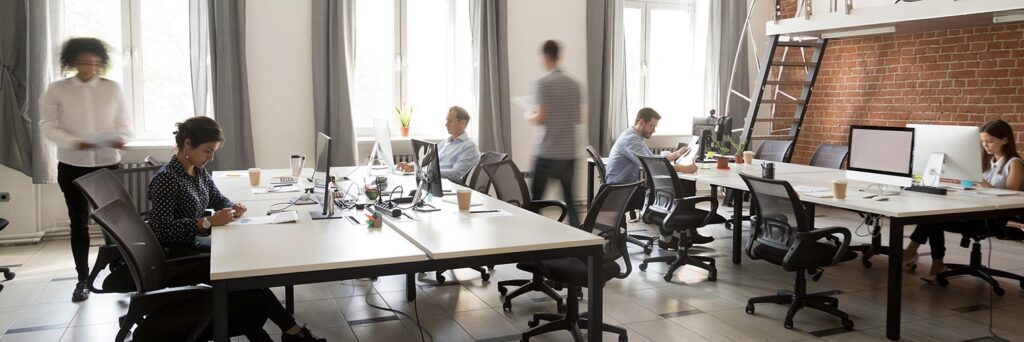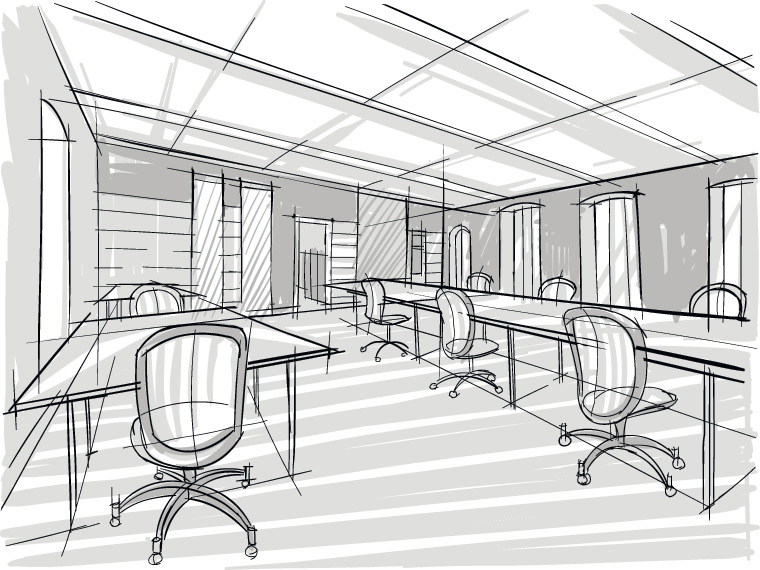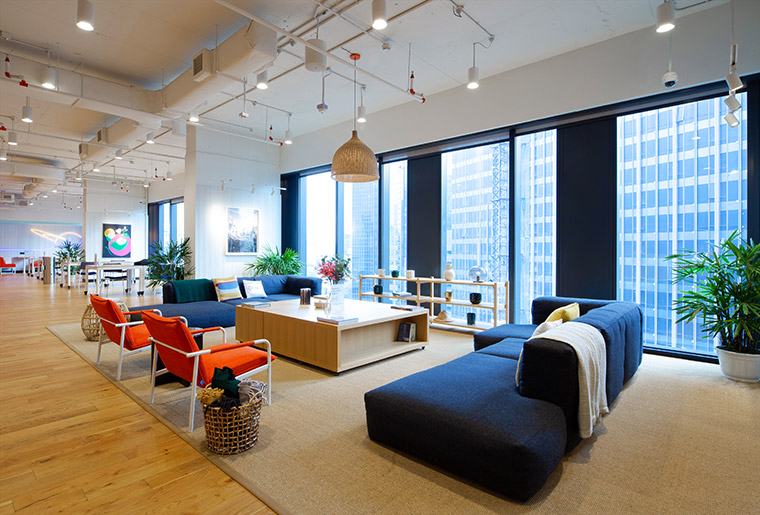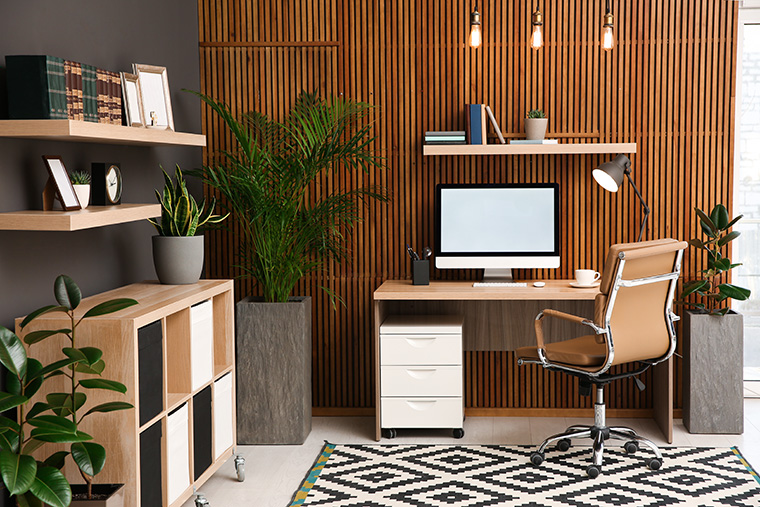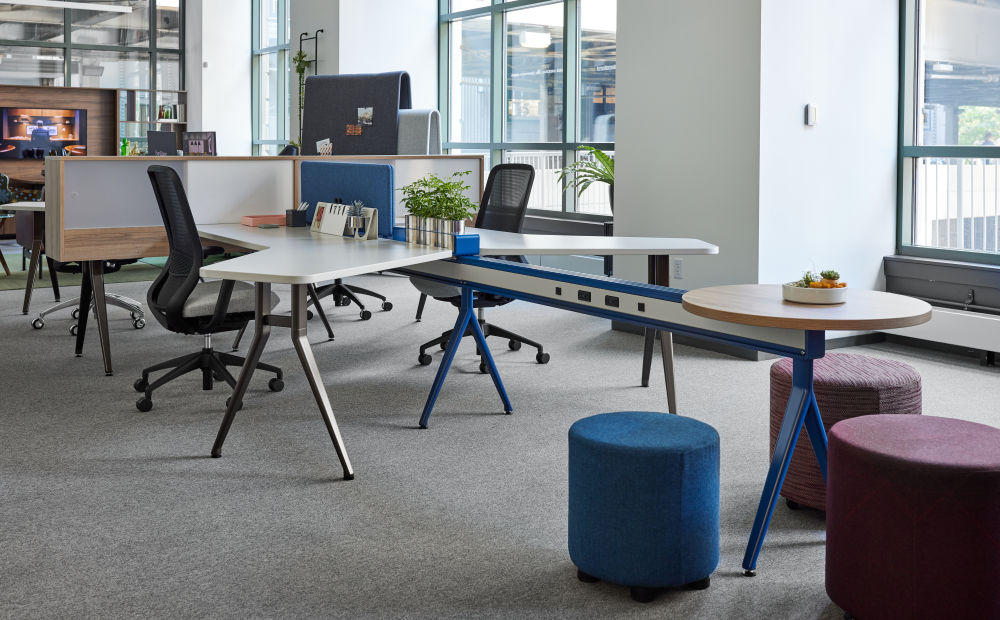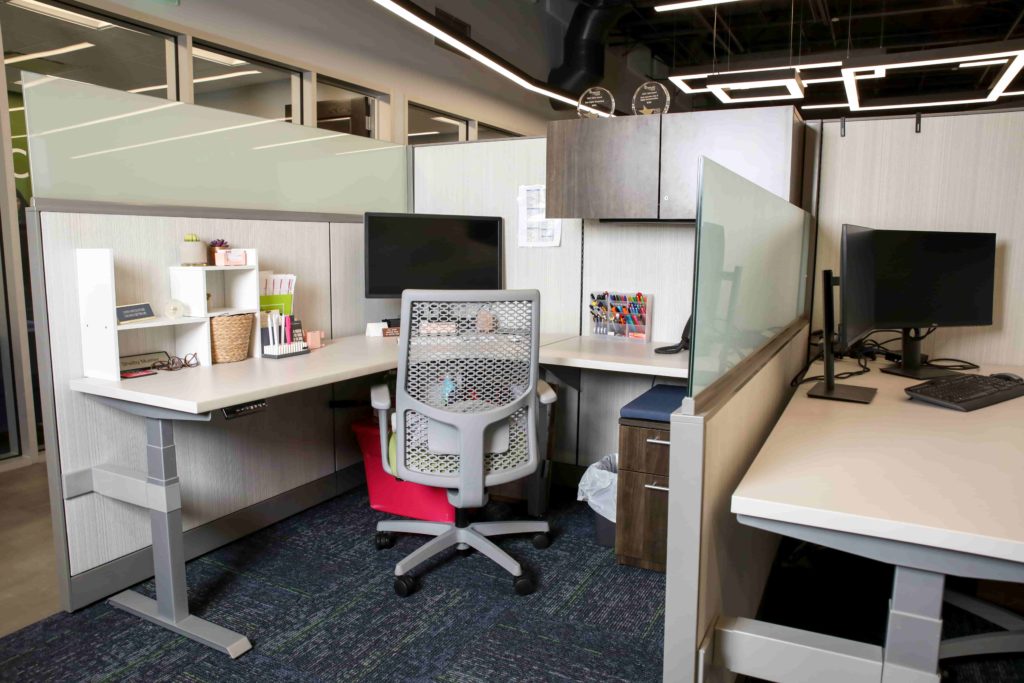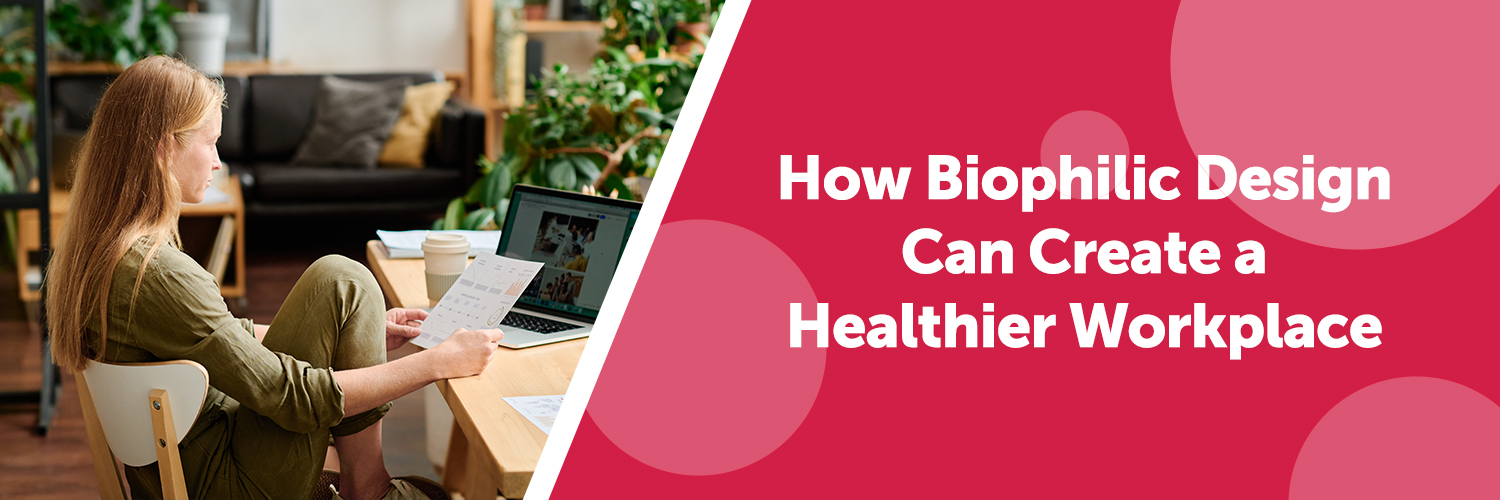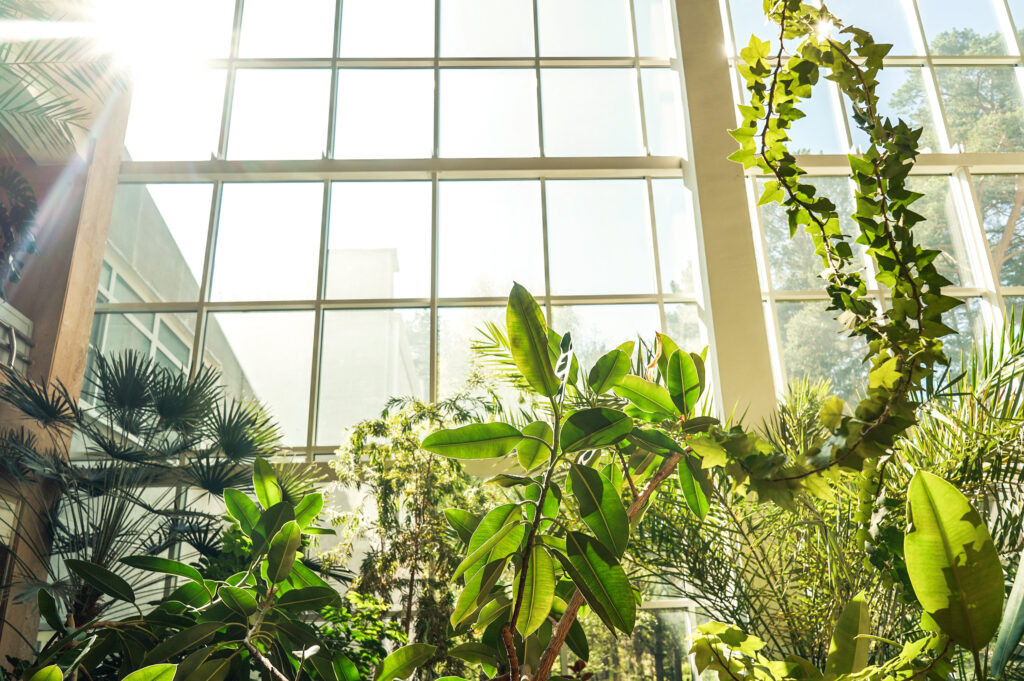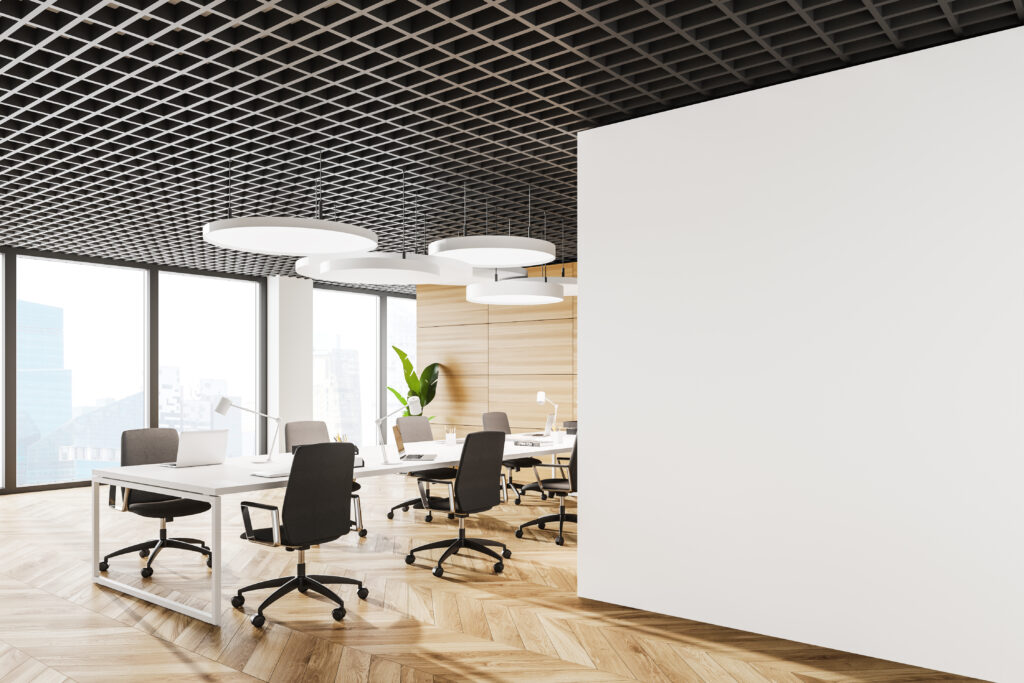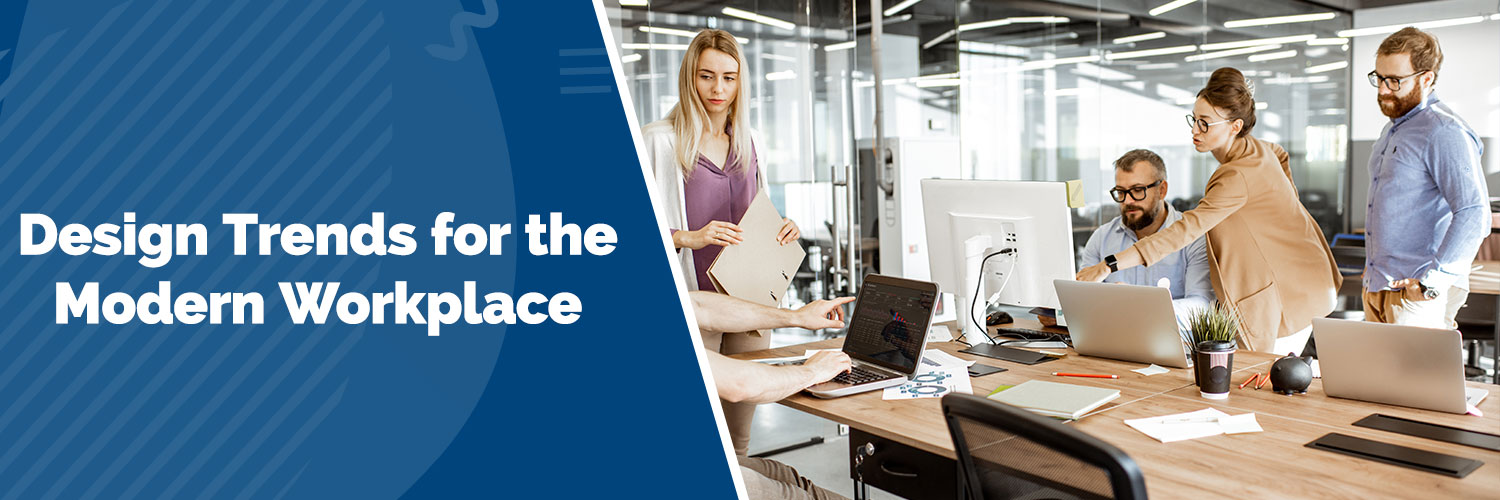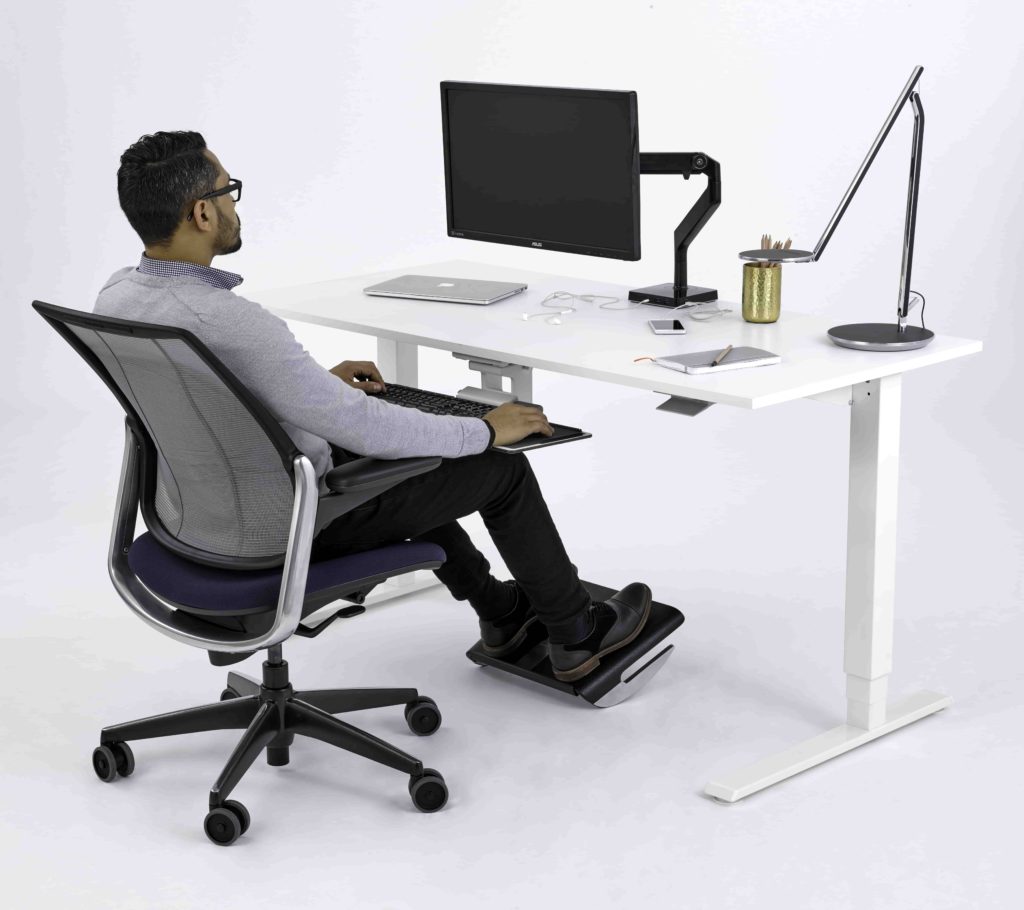Are you tired of dealing with workplace injuries, employee discomfort, and productivity issues in your office or workplace? It may be time to consider redefining your workspace with Gateway’s ergonomic furniture. Gateway understands the importance of creating a comfortable and efficient work environment, and our ergonomic furniture solutions are designed to help you do just that. Whether you work in a distribution center, manufacturing facility, office, school, or hospitality setting, Gateway has the products you need to transform your workspace.
Find Your Ergonomic Solutions Today!
Understanding the Role of Ergonomic Furniture in Modern Workplaces
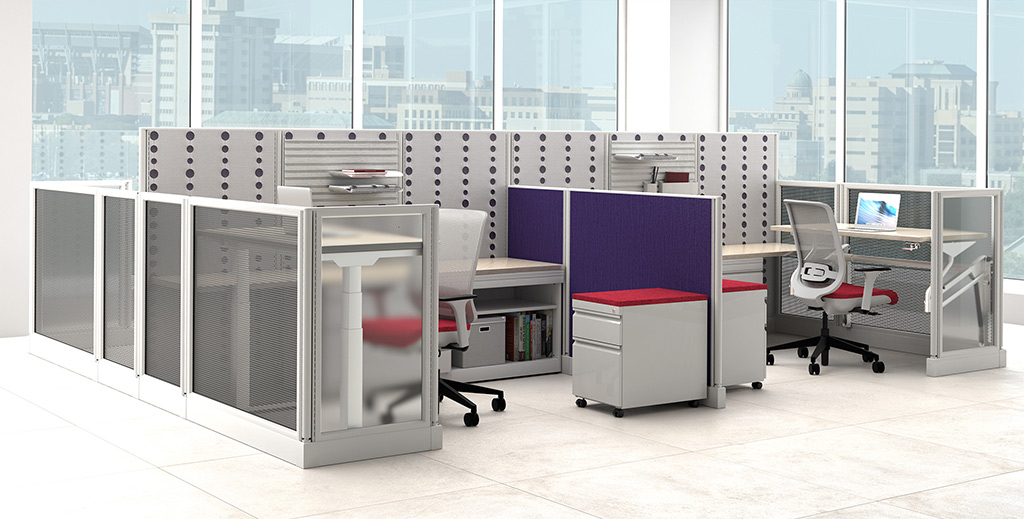
The landscape of modern workplaces is ever evolving, with a growing emphasis on not just productivity, but also on the health and well-being of employees. Ergonomic furniture plays a pivotal role in this transformation, catering to the needs of the modern worker in ways traditional furniture simply cannot. Designed with human anatomy and the principles of ergonomics in mind, this type of furniture adapts to the user, rather than forcing the user to adapt to it. It’s about creating environments that support natural movements, encourage proper posture, and minimize the strain on the body during work hours. This shift towards ergonomically designed workspaces is not just a trend; it’s a reflection of a deeper understanding of how our work environment affects our health, comfort, and efficiency. By aligning furniture with the natural tendencies of the human body, modern workplaces are becoming spaces where health is a priority, enabling employees to perform at their best without compromising their physical well-being. Ergonomic furniture is at the heart of this workplace revolution, setting the foundation for a healthier, more productive workforce.
The Direct Impact of Ergonomic Furniture on Employee Health
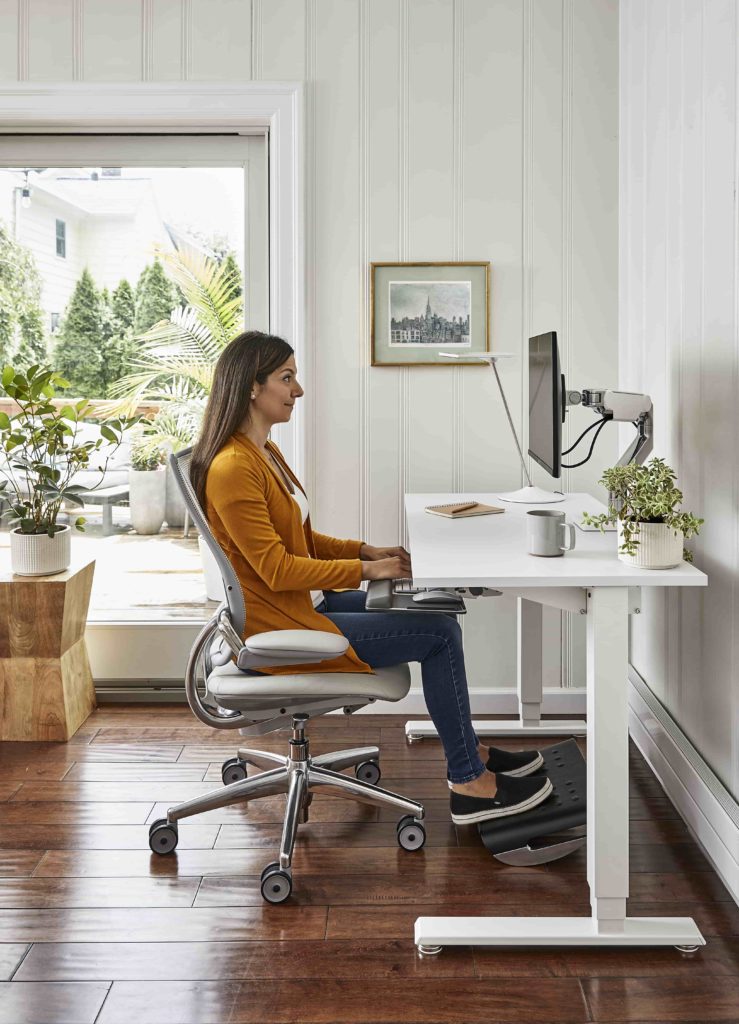
Ergonomic furniture is more than just a modern workplace luxury; it’s a vital tool in safeguarding employee health. With ergonomic designs tailored to support the human body, these pieces significantly diminish the risks associated with prolonged sitting or standing or repetitive motions — common culprits behind musculoskeletal disorders (MSDs). By incorporating adjustable chairs, desks, and workstations that promote natural posture, the strain on employees’ bodies is greatly reduced. This proactive approach not only minimizes the occurrence of workplace injuries but also combats the onset of chronic conditions linked to poor ergonomic practices. A healthier workforce is a happier, more productive one, as ergonomic furniture directly contributes to reduced absenteeism and a vibrant, dynamic work environment. Embracing these ergonomically designed solutions demonstrates a commitment to employee well-being, showcasing a forward-thinking mentality that prioritizes both individual health and organizational success.
Boosting Productivity and Efficiency with Ergonomic Solutions

The undeniable link between ergonomic furniture and enhanced productivity is something we at Gateway hold in high regard. It’s fascinating how much of a difference a comfortable, well-supported work environment can make in the daily output of a team. Ergonomic solutions foster an atmosphere where employees can thrive without the constant battle against discomfort or strain. Imagine a workspace where every piece of furniture is a tool to elevate efficiency. This isn’t just about reducing the number of coffee breaks or stretching exercises needed to get through the day. It’s about creating a seamless flow of work, where employees are engaged, energized, and fully focused on their tasks. With ergonomic chairs that adjust to individual needs, desks that promote an ideal posture, and workstations designed to keep essential tools within easy reach, the workday becomes less about enduring discomfort and more about achieving goals. This positive shift not only bolsters productivity but also enhances the overall work atmosphere, making it a win-win for employees and employers alike. At Gateway, we’re excited to be at the forefront of this transformation, providing solutions that make such an impactful difference in workplaces across various sectors.
Will Ergonomic Furniture Work for My Business?

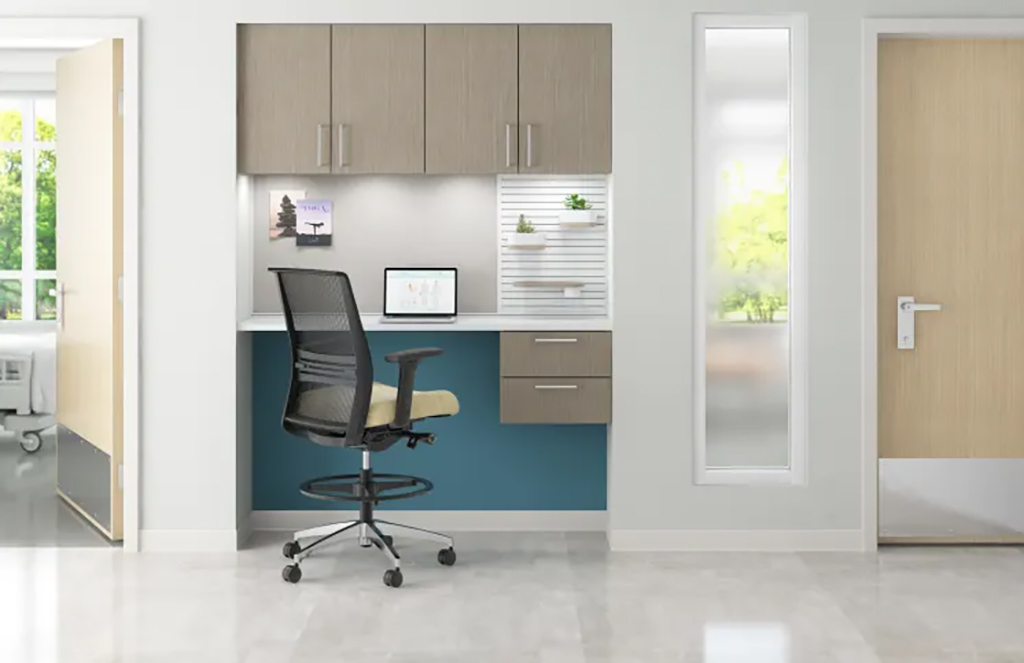
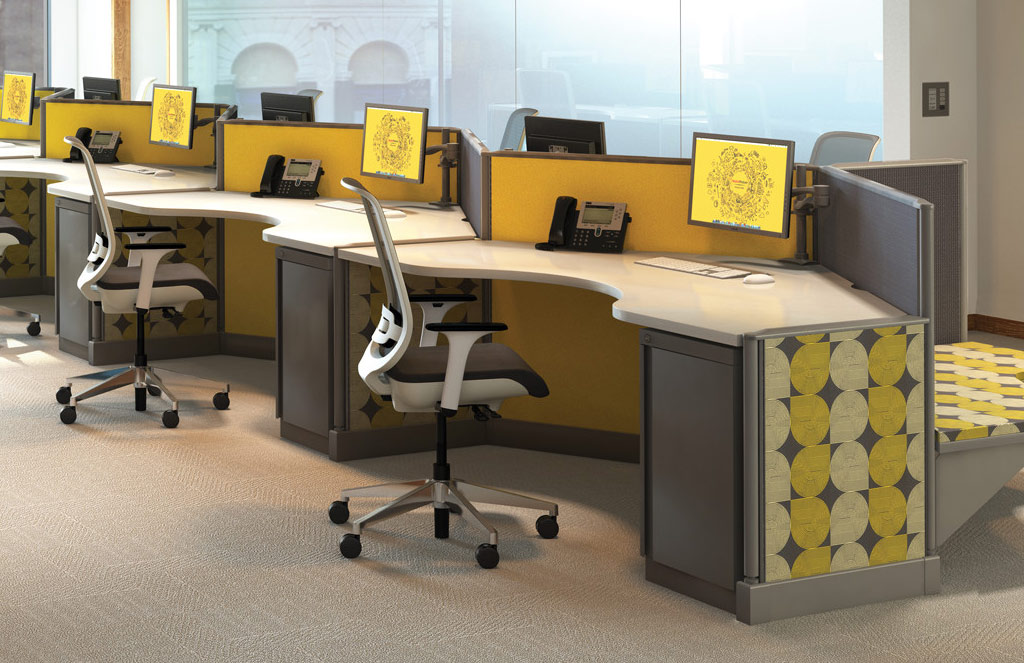
The short answer? Yes.
Gateway’s ergonomic furniture is the key to unlocking the full potential of any workspace, catering to a diverse range of sectors with precision and care. Classrooms and educational settings can benefit tremendously, where teachers and students alike spend long hours in seated or static positions; our ergonomic solutions promote better concentration and comfort, contributing to a more effective learning environment. Manufacturing and distribution facilities, often plagued by the physical demands of repetitive tasks, will find that our adjustable workstations and seating options minimize the risk of injury, thereby enhancing operational efficiency. Traditional corporate style offices, where the sedentary nature of desk jobs can lead to chronic health issues, will see a marked improvement in employee well-being and productivity through our tailored ergonomic desks and chairs.
Hospitality venues, including hotels and restaurants, can also enhance guest and staff satisfaction with furniture that combines comfort with style, ensuring a memorable experience for all. Healthcare facilities, where the well-being of both patients and providers is paramount, can leverage our ergonomic solutions to support the demanding needs of caregiving roles. Across every sector, Gateway’s ergonomic furniture not only addresses the immediate need for comfort but also promotes a sustainable, healthy work environment, demonstrating our commitment to the well-being of your workforce.
Gateway’s Comprehensive Ergonomic Furniture Solutions
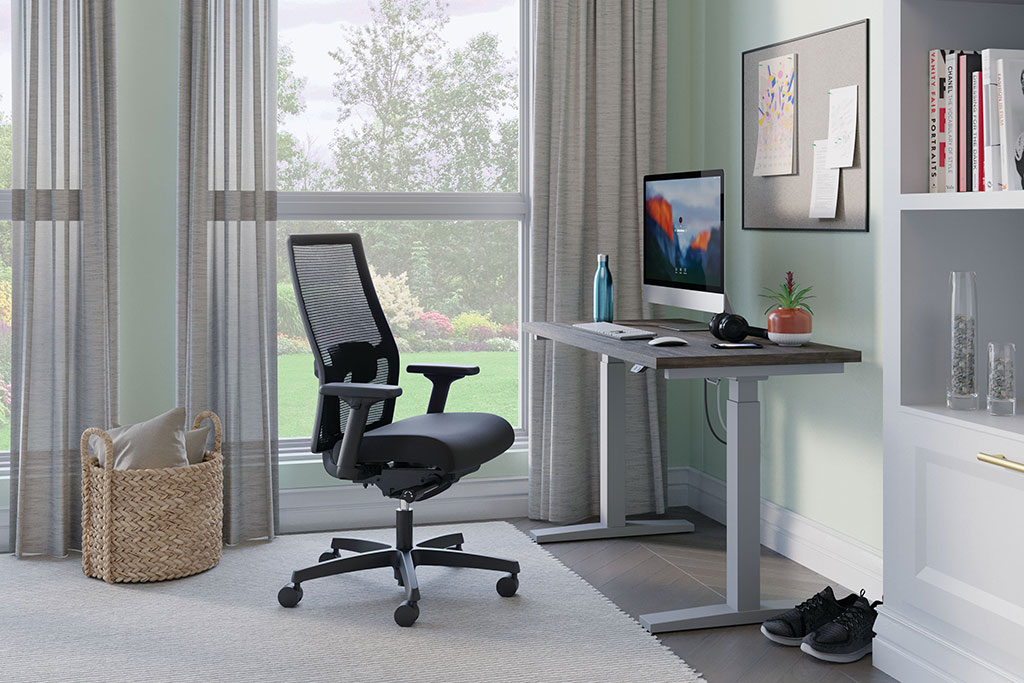
At Gateway, we are dedicated to equipping your workspace with the utmost in ergonomic comfort and efficiency. Our selection spans a variety of essential ergonomic furniture options, tailored to cater to the unique demands of different industries. Whether you’re in need of ergonomic office chairs that provide perfect lumbar support, standing desks that encourage movement and flexibility, or adjustable workstations that adapt to each individual’s needs, we’ve got you covered. Our collections also include monitor arms that ensure your screens are at the ideal eye level, reducing neck strain throughout the workday. We understand that every workspace has its own set of challenges and requirements, which is why we’re here to offer solutions that not only meet but exceed your expectations. With Gateway’s ergonomic furniture solutions, creating an environment that fosters employee health, well-being, and productivity has never been easier. Let us help you transform your workspace into a place where comfort meets productivity, seamlessly.
Making the Shift to an Ergonomic Workplace with Gateway

Embarking on the journey to an ergonomic workplace is a significant, positive step towards fostering a healthier, more dynamic work environment. At Gateway, our commitment to your success drives us to offer unparalleled ergonomic furniture solutions tailored to fit the unique needs of every workspace. Whether you’re outfitting an expansive office, a bustling school, or a vibrant hospitality setting, our comprehensive range of ergonomic products ensures that you’ll find exactly what you need to elevate the comfort and productivity of your environment.
Our experienced team is here to guide you through selecting the ideal pieces that blend seamlessly with your workspace aesthetics while prioritizing the well-being of your employees. From ergonomic chairs that cradle the back with precise support to adjustable desks that promote a natural, comfortable posture throughout the day, we have everything to transform your space into an oasis of efficiency.
Choose Gateway for Ergonomic Workplace Furniture
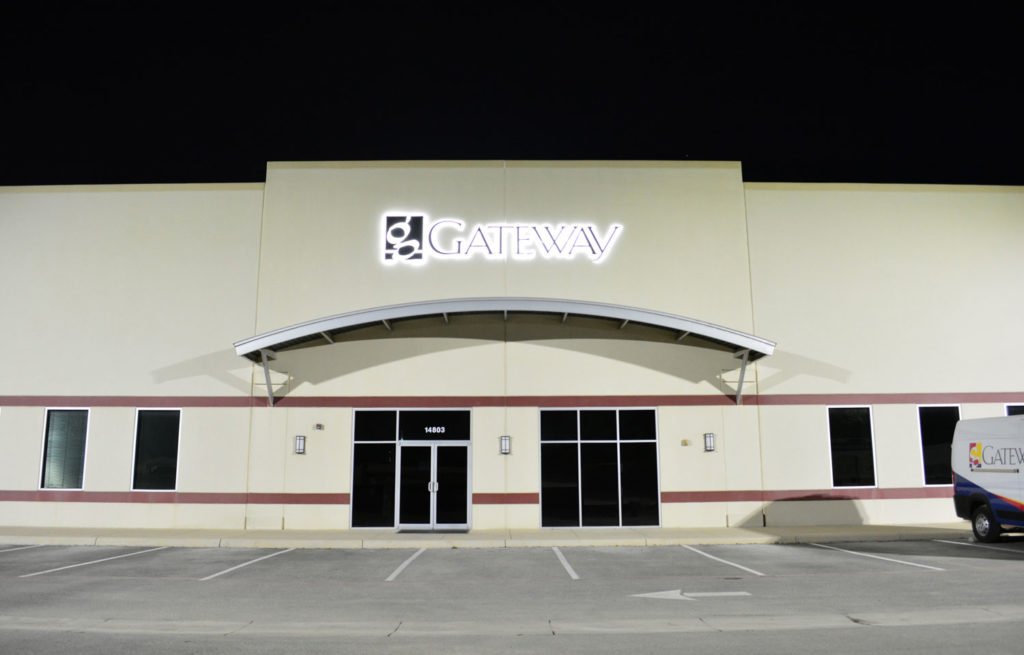
By partnering with Gateway, you’re not just purchasing furniture; you’re investing in a philosophy that places the health and satisfaction of your employees at the forefront. This proactive approach not only enhances the overall well-being of your team but also sets the stage for increased productivity, lower turnover rates, and a thriving workplace culture. Let’s work together to create an ergonomic environment that reflects your commitment to excellence and the well-being of every individual who contributes to your success. With Gateway by your side, the transition to an ergonomic workplace is not just simple; it’s transformative.

